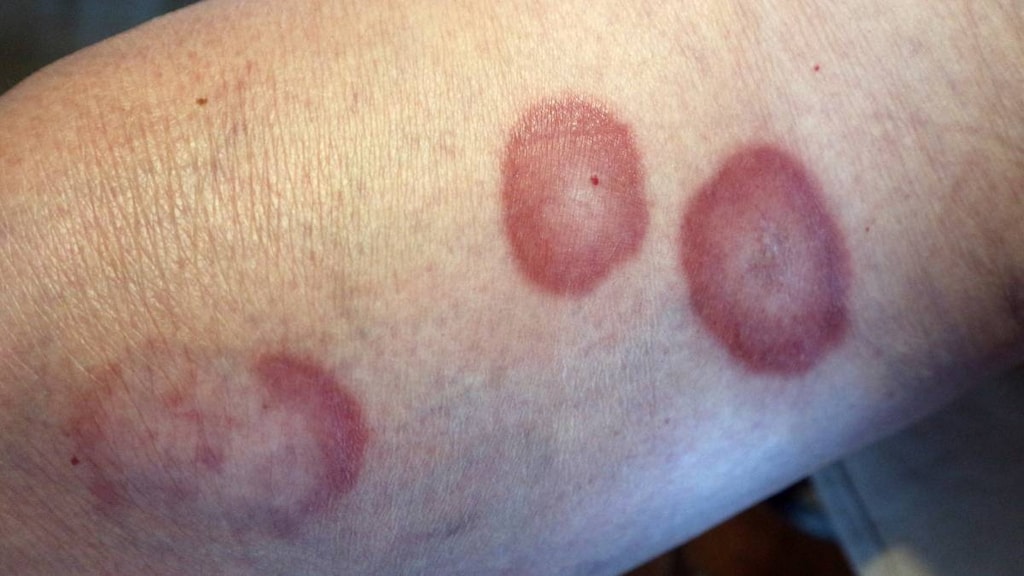
What is granuloma annulare?
Granuloma Annulare is a common skin condition that causes smooth, red or yellow bumps or skin-colored, pinkish, or slightly mauve-colored patches that are arranged in a ring shape.
It most commonly affects the skin of children or young adults.
What causes granuloma annulare?
Granuloma annulare is thought to be a delayed hypersensitivity reaction where the immune system reacts to some component of the dermis, causing inflammation.
The risk of granuloma annulare is increased in people with:
- Autoimmune thyroiditis
- Diabetes mellitus
- Hyperlipidemia
- Lymphoma
- HIV infection
- Solid tumors.
What are the symptoms of granuloma annulare?
Granuloma annulare only affects the skin and can occur on any area of the body. It may cause no symptoms and the areas of skin affected tend to slowly change shape, size, and position.
There are several main forms:
- Localized granuloma annulare: This is the most common type in children. One or more skin-colored bumps occur over the knuckles or fingers (although may affect the top of the foot, ankle, or elbows) arranged in a ring with a depressed center
- Generalized granuloma annulare: This is more common in adults and presents as widespread, skin-colored pinkish or mauve-colored patches or small papules, arranged in a ring 4 inches (10cm) or more in diameter. These are often found in the skin folds (armpits, groin)
- Subcutaneous granuloma annulare: This presents as rubbery lumps on scalp margins, fingertips, and shins and most often occur in children
- Perforating granuloma annulare: This is usually localized to the hands, but plaques may arise on other body sites, especially within scars, and may be itchy or tender
- Atypical granuloma annulare may occur in unusual sites, such as the face, palms, or ears, be unusually severe or symptomatic, or may be distributed according to sun exposure.
How is granuloma annulare diagnosed?
See your doctor if you have any symptoms suggestive of granuloma annulare.
Your doctor will ask you questions about your skin and may conduct some other tests to rule out other conditions, such as Tinea corporis (body ringworm)
How is granuloma annulare treated?
In many cases, granuloma annulare disappears without any treatment (this is called spontaneous remission). For persistent cases, treatments may include:
- Corticosteroids
- Dapsone
- Isotretinoin
- Light therapy.




